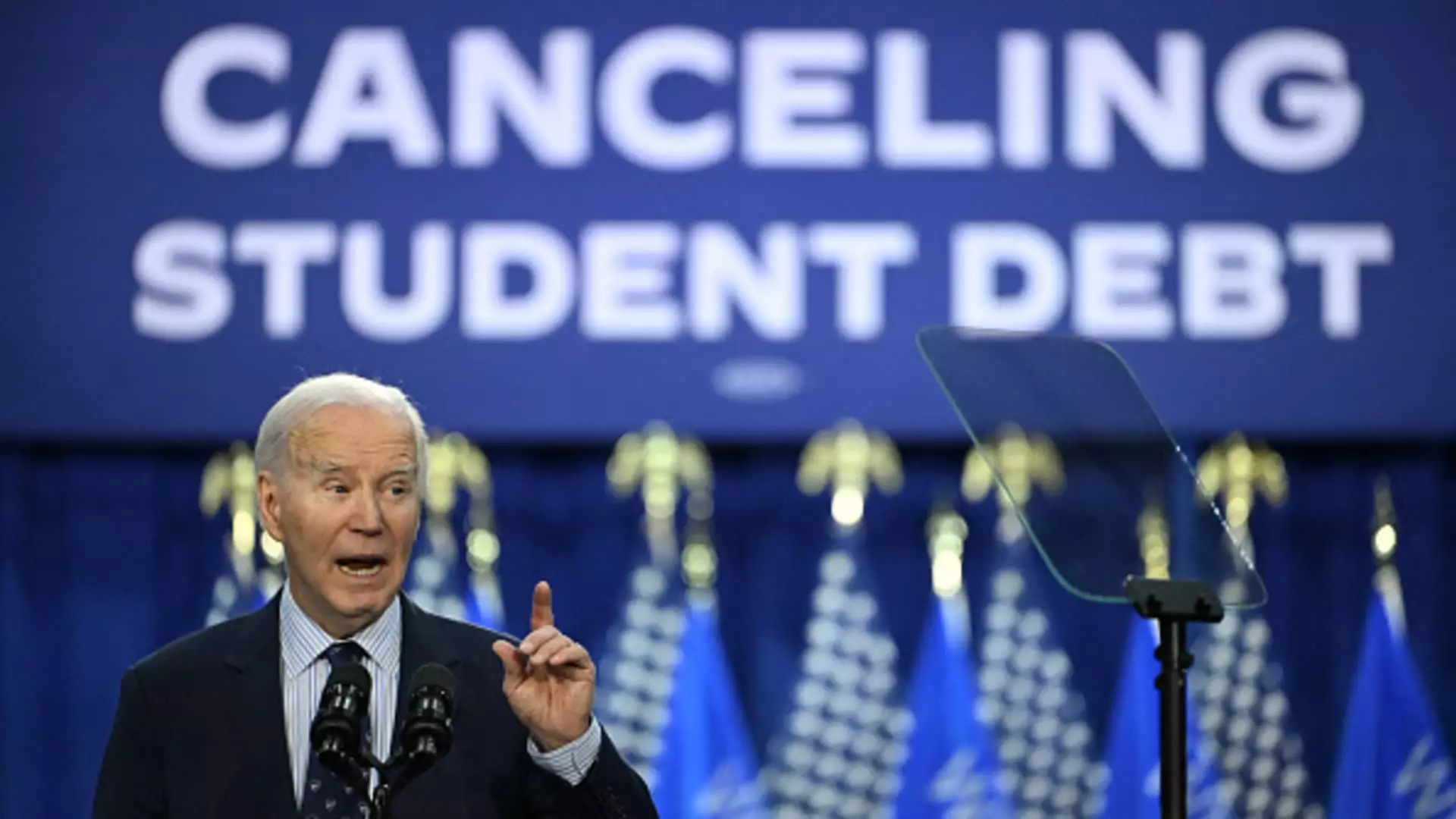President Joe Biden’s initial plan to forgive student debt was blocked by the Supreme Court last summer, leading his administration to come up with a new relief package that would be legally sound. The new plan targets specific groups of borrowers and aims to survive legal challenges that the previous plan faced.
The Biden administration’s revised student loan forgiveness plan differs from the original one in several key aspects. Instead of trying to erase debt for nearly all federal student loan borrowers, the new plan focuses on specific groups such as those who have been in repayment for decades or attended low-value schools. This targeted approach is seen as a strategy to make the plan more legally defensible in front of a skeptical court.
One of the major changes in the new plan is the use of a different law as its legal justification. While the previous plan was based on the HEROES Act of 2003, the current plan utilizes the Higher Education Act signed into law by President Lyndon B. Johnson in 1965. This law grants the Education secretary authority to waive or release borrowers’ education debt, providing a more solid legal footing for the forgiveness program.
Critics of Biden’s student loan forgiveness plan, particularly those opposed to broad debt cancellation, have voiced their concerns about the new initiative. Missouri Attorney General Andrew Bailey, a Republican, accused Biden of attempting to bypass the Constitution with the revised plan. This opposition highlights the contentious nature of the issue and the potential legal battles that lie ahead.
In an effort to make the new plan more resilient to legal challenges, the Biden administration has shifted from executive action to negotiated rulemaking. By following a lengthier and more involved regulatory process, the administration hopes to make it harder for the courts to strike down the relief. Congress has already authorized the Department of Education to issue regulations related to the law, providing additional support for the legitimacy of the forgiveness program.
Overall, Biden’s revised student loan forgiveness plan represents a strategic shift in approach, targeting specific groups of borrowers and utilizing a different legal justification. The political and legal challenges surrounding the program highlight the complexities of student debt relief and the ongoing debate over the role of government in addressing the issue. The success of the new plan will depend on its ability to withstand legal scrutiny and political opposition in the coming months.

